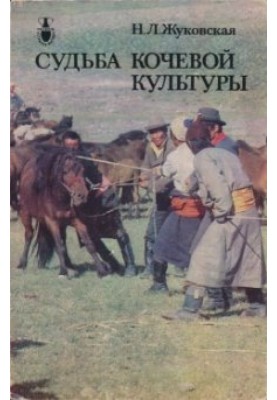The fate of nomadic culture
 Instant download
Instant download
after payment (24/7)
 Wide range of formats
Wide range of formats
(for all gadgets)
 Full book
Full book
(including for Apple and Android)
The author, who worked for 17 field seasons as part of a comprehensive Soviet-Mongolian historical and cultural expedition, offers a look at the traditional culture of Mongolia through the eyes of an ethnographer. Together with the author, the reader will visit a Mongolian yurt, appreciate the best dishes of Mongolian cuisine, take part in the national holidays Tsagaan sara and Nadom, take part in a scientific debate within the walls of a Buddhist monastery, and get acquainted with the people's understanding of happiness and the rules of etiquette.
With Europe became acquainted with the world of Mongolian nomads in the 13th century and since then has not taken its gaze off it, trying to understand what internal impulse gave the Mongols such crushing power, before which the royal courts of Europe and Asia trembled for a century and a half. Was there a pattern to this force? Or is this an accident not worth attention? And what is the nomadic world in general - wild, unorganized, like the elements, hordes of barbarians, or not yet fully understood great civilizations? As an ethnographer, I will say: it is not easy to understand the world of a foreign culture, but we must strive to do this, we must try to comprehend its internal harmony, try to see in any seemingly insignificant act, gesture, ritual the unity of nature and culture behind them. By understanding others, we can better understand ourselves.
Data sheet
- Name of the Author
- Наталья Жуковская Львовна
- Language
- Russian












